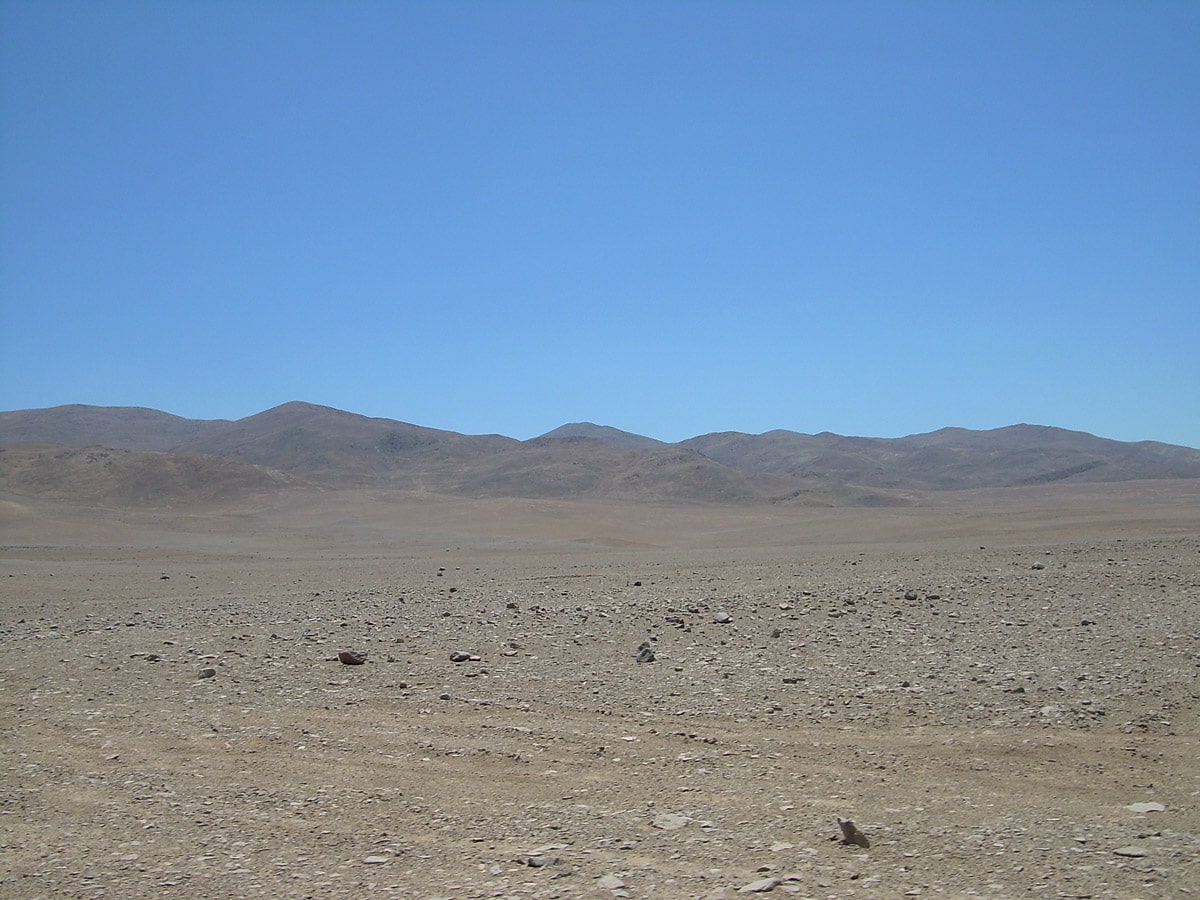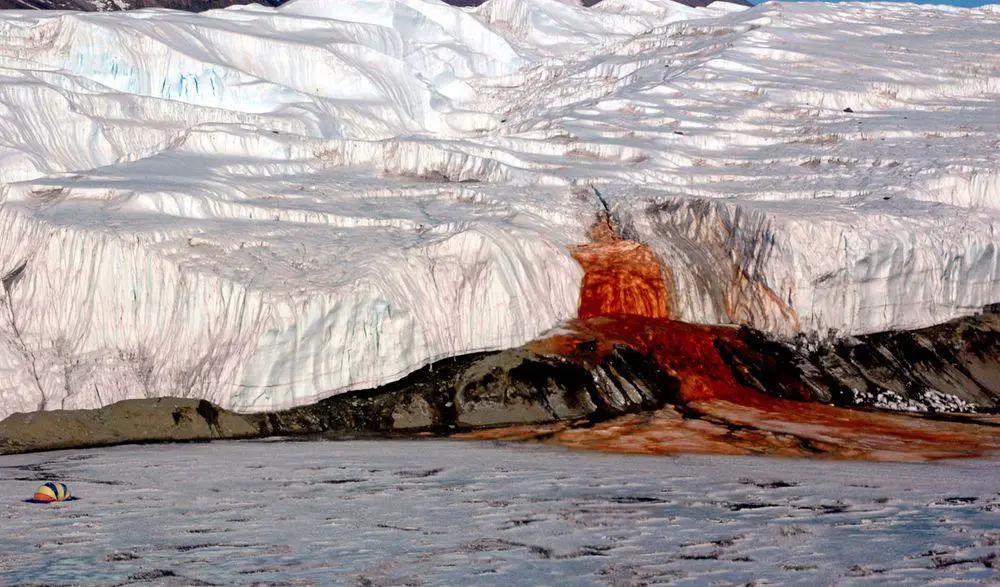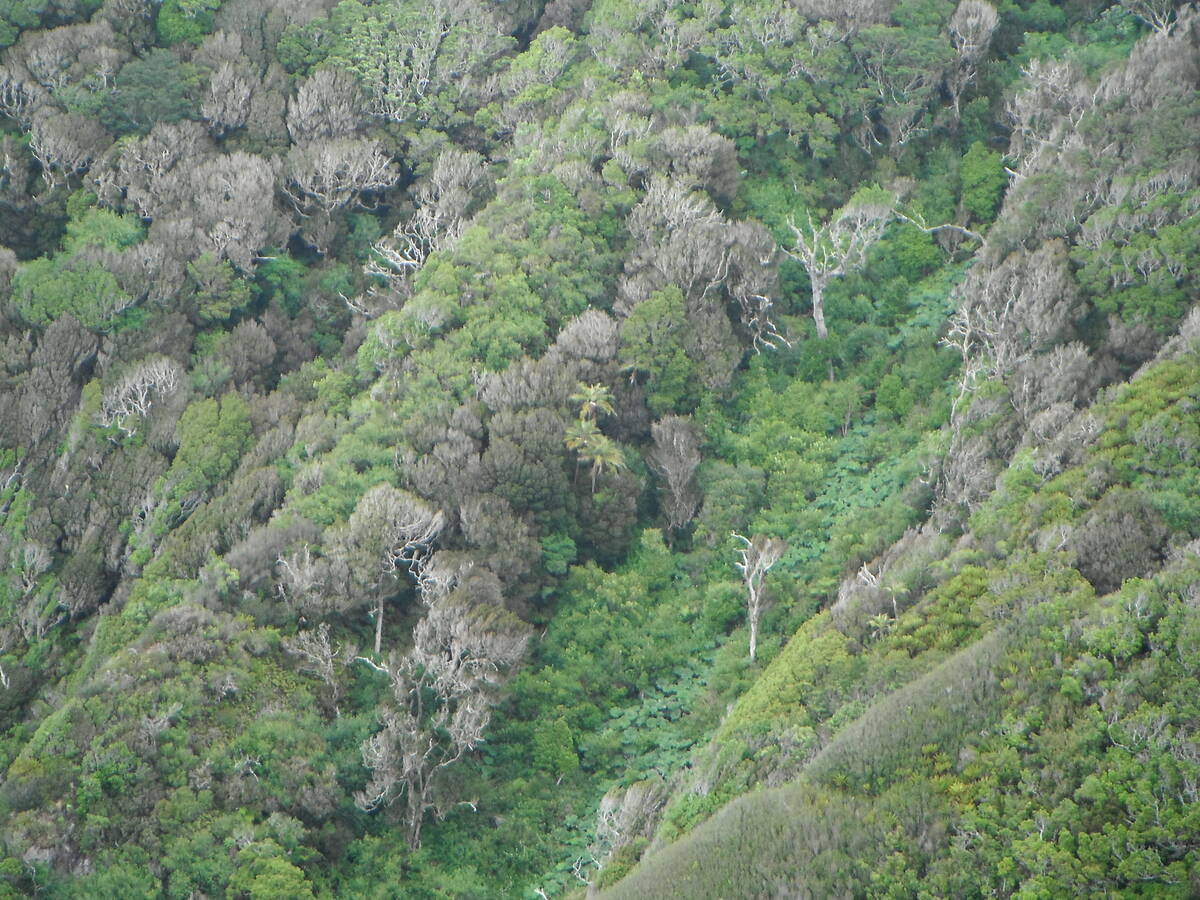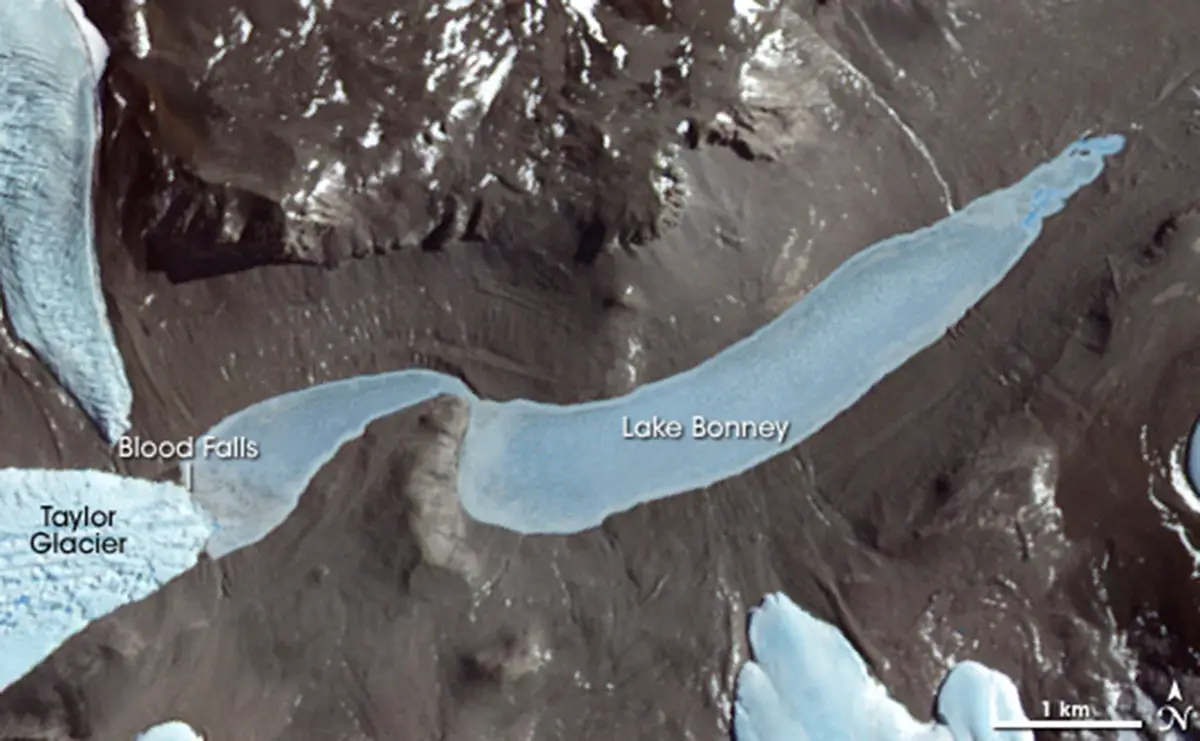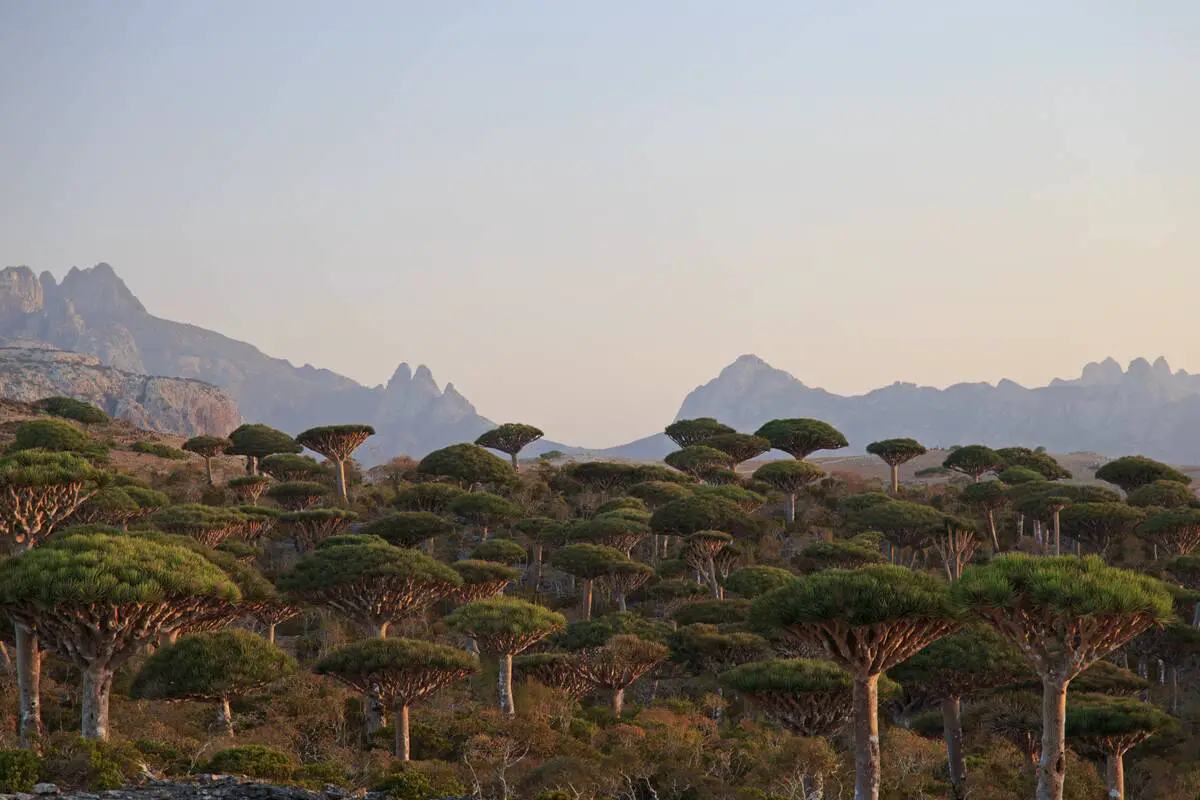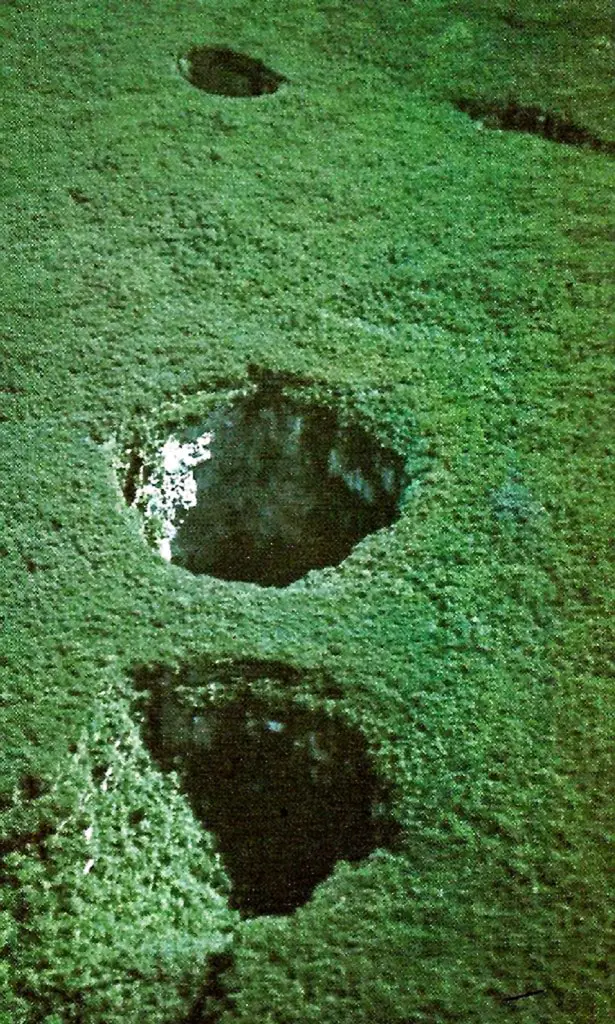Wondermondo 🢖 Lists and articles 🢖 40 unique natural wonders of the world
Publication
40 unique natural wonders of the world
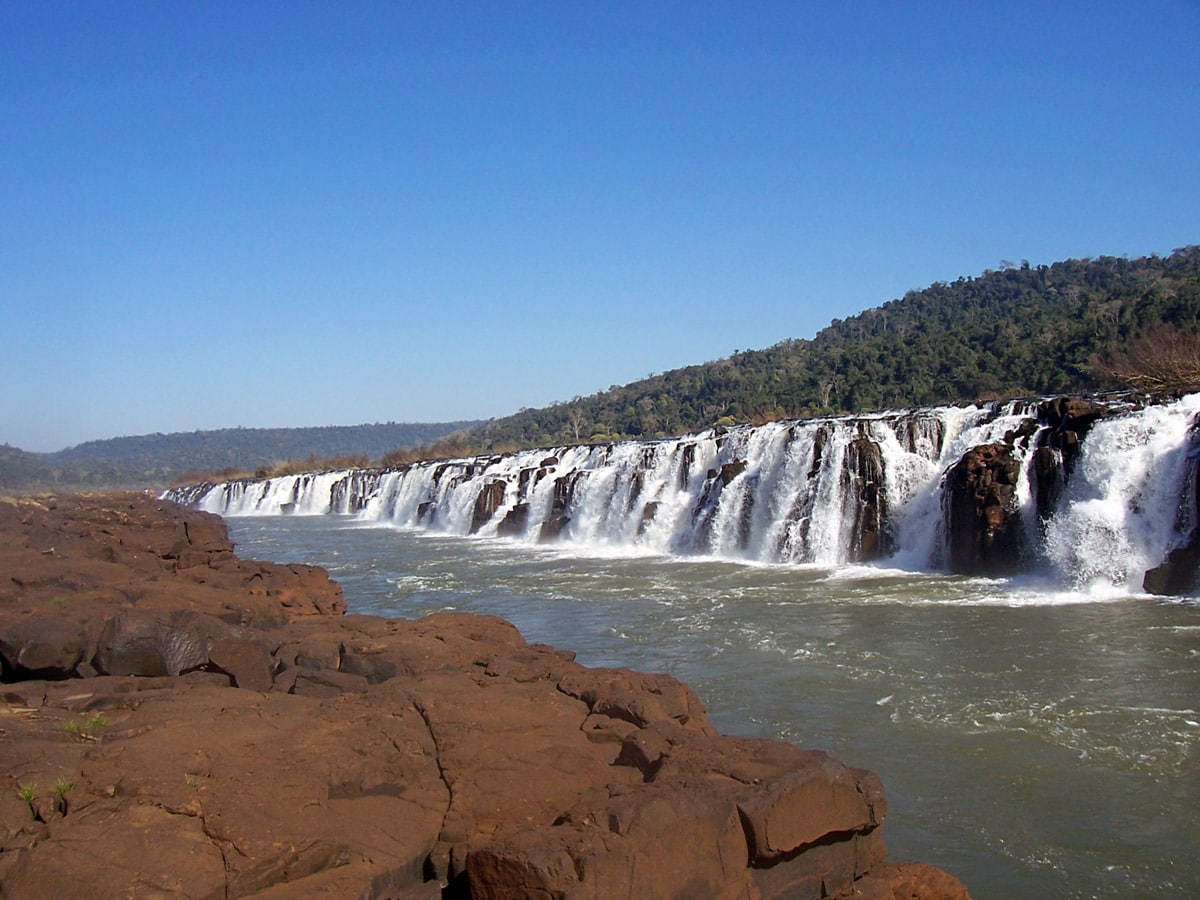
 In short
In short
There are places on Earth that are unique – the absolute natural wonders of the world.
Wondermondo also has made a unique thing: it is this article, which lists 40 such places – unusual locations with natural phenomena that are not found anywhere else. Places come simply in alphabetic order. Enjoy!
Map of the sites
If you see this after your page is loaded completely, leafletJS files are missing.
 List of 40 unique natural wonders of the world
List of 40 unique natural wonders of the world
01
Abanda Caves
 29.3%
29.3%
Africa, Gabon
Why is it unique?
The only place in the world with a permanent population of cave crocodiles. These dwarf crocodiles Osteolaemus tetraspis are turning into a new species, they are almost blind and eat bats.
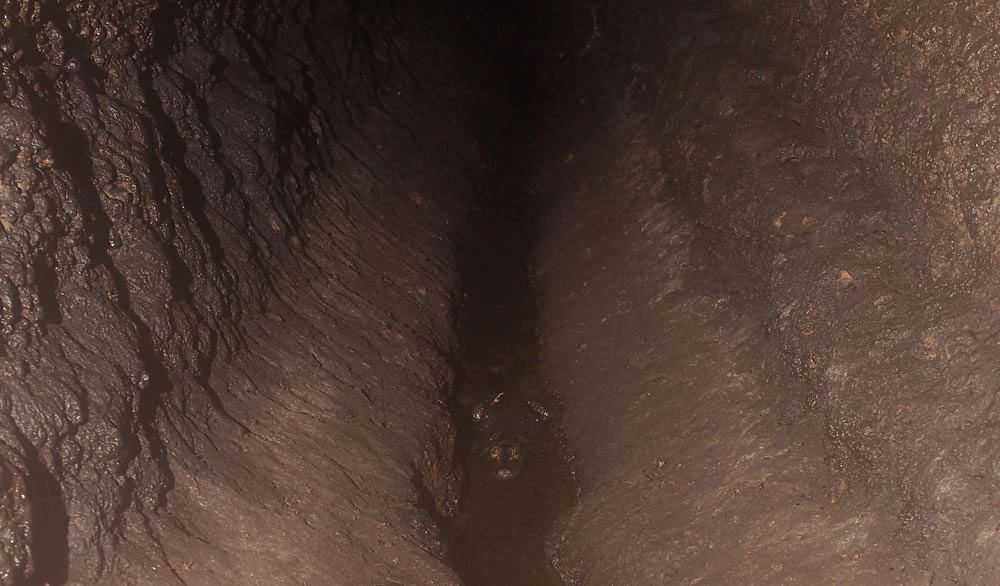
02
Aldabra – realm of giant tortoises
 56.9%
56.9%
Africa, Seychelles
Why is it unique?
The only ecosystem in the world which is ruled by tortoises. Here live more than 1000 thousand giant tortoises that are at the top of the food chain. Besides, on the island live some 400 species of animals and plants, which are not found anywhere else in the world.
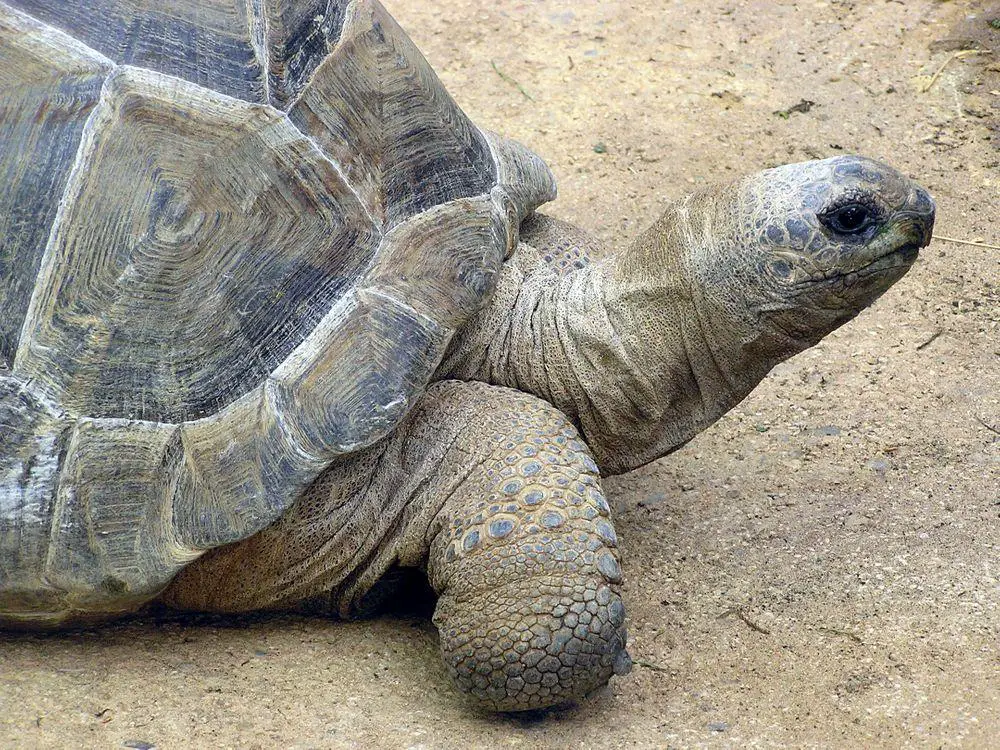
03
Black Hole of Andros
 51.8%
51.8%
North America, Bahamas
Why is it unique?
Round holes with unusually black water are found only on South Andros and Grand Bahama islands. Their water is crystal clear but at the depth of some 17 m, there is a layer of hot, pink jelly – a colony of microorganisms. Most unique aspect – microorganisms have heated the water to temperatures up to 40° C – possibly the only place on Earth where microorganisms have heated the water. Below the layer of bacteria, water is clear and colder again.
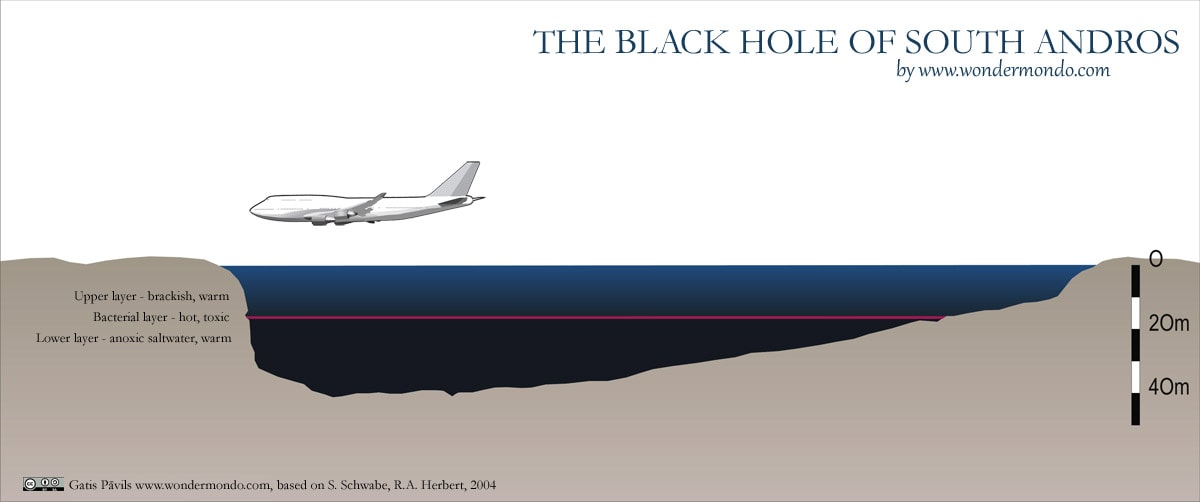
04
Blood Falls, Antarctica
 50.6%
50.6%
Antarctica, Victoria Land
Why is it unique?
This red-colored, approximately 14 m tall “icefall” is opening into an unusual ecosystem that for more than one million years has developed in the saline lake below the Taylor Glacier. Microorganisms have adapted here to live without light, feeding on sulfates and “breathing” ions of iron.
05
Blue garnets of Bekily
 28.3%
28.3%
Africa, Madagascar
Why is it unique?
The only known place on the planet where in larger amounts are found blue garnets. In fact – until 1997 it was considered that there are no blue garnets in the world. These unique stones in artificial light change to bright purple. It is possible that the find has been exhausted.
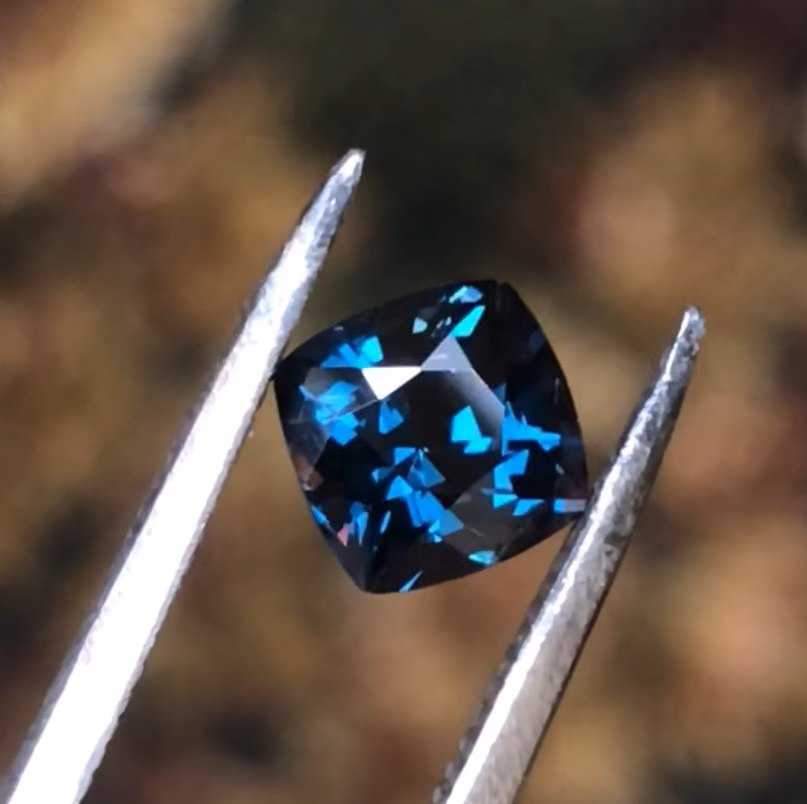
06
Caño Cristales
 50.0%
50.0%
South America, Colombia
Why is it unique?
Unique river ecosystem with seemingly unnatural, gaudy colors. These colors are created by living organisms, such as the bright red water plantMacarenia clavigera, yellow, green-blue, and black algae and sand. This ecosystem has developed on an isolated tableland – Serrania de la Macarena.
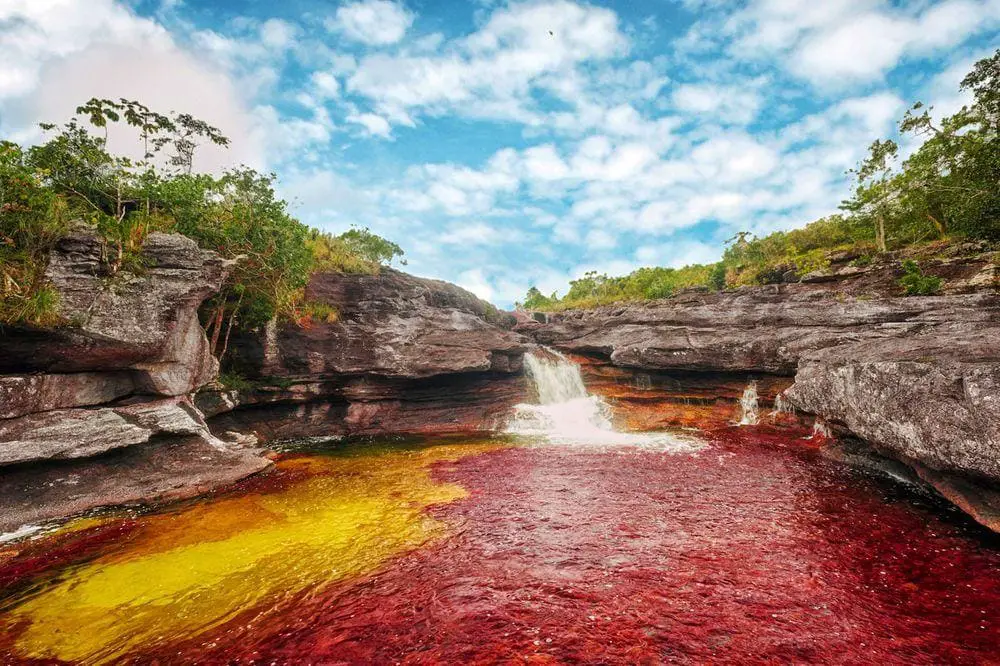
07
Catatumbo Lightning
 46.8%
46.8%
South America, Venezuela
Why is it unique?
The only continuous thunderstorm in the world, where each night are seen up to 20,000 lightning flashes. This thunderstorm is happening in the same place.
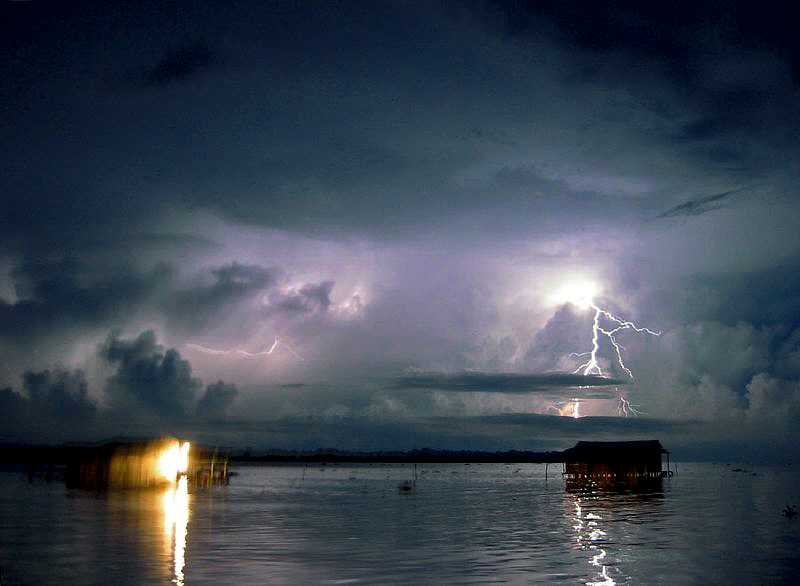
08
Cave of the Crystals, Naica
 56.3%
56.3%
North America, Mexico
Why is it unique?
Cave with phantasmagoric crystals of incredible size. The largest crystals of selenite here are up to 12 m long, and up to 55 tons heavy. Crystals have perfect form. There is no other similar cave in the world. The cave is flooded now.
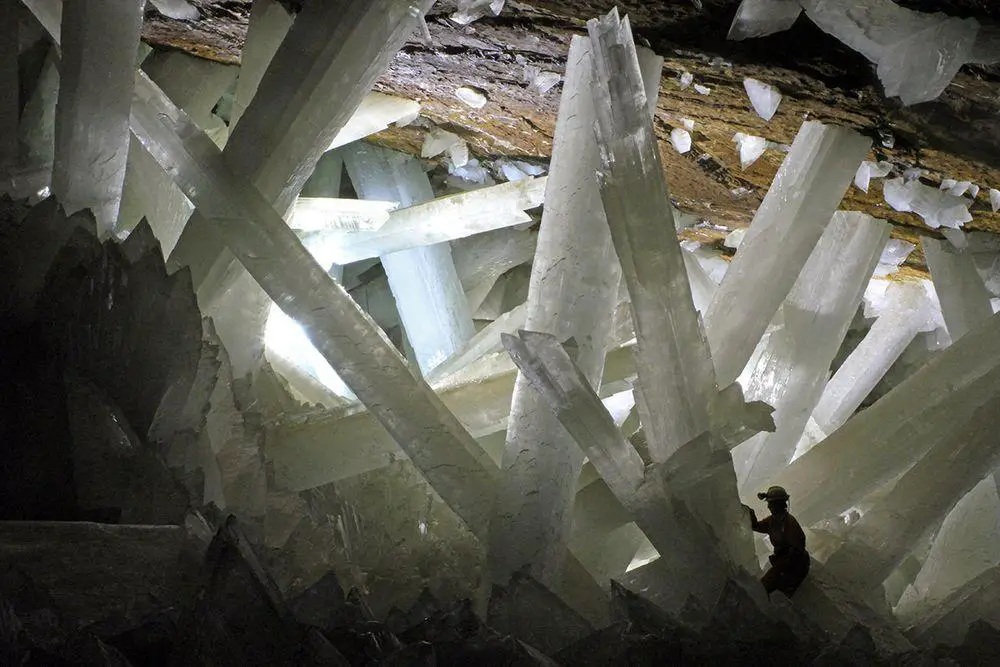
09
Chocolate Hills
 58.7%
58.7%
Asia, Philippines
Why is it unique?
One of the world’s most impressive cone karst landscapes. It is unique because more than 1200 symmetrical hills are covered with grass, which turns brown in February – April.
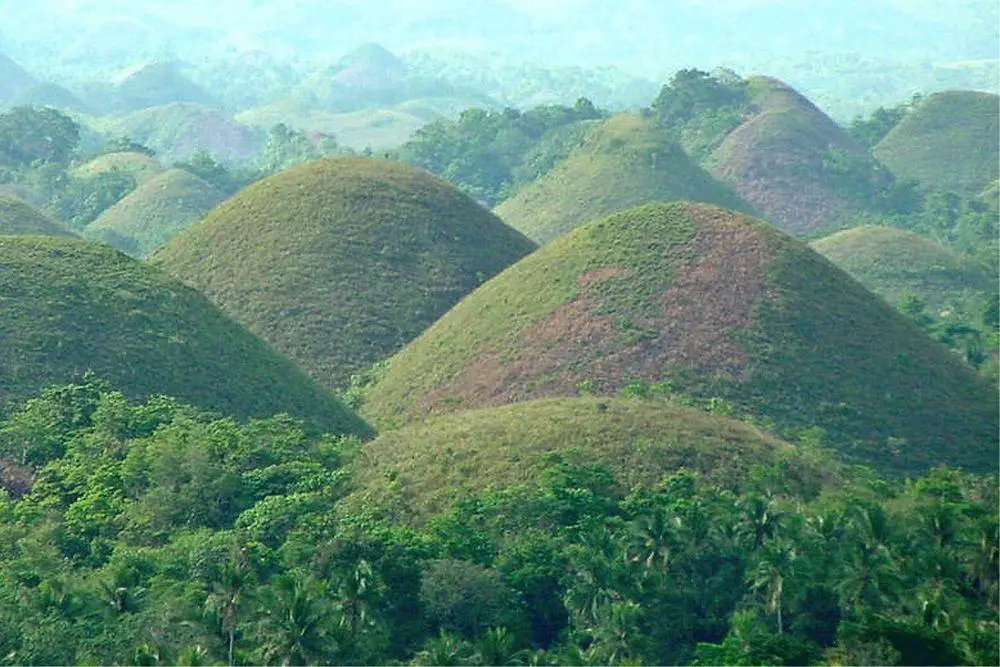
10
Christmas Island red crabs
 57.3%
57.3%
Australia, Christmas Island
Why is it unique?
The only forest in the world which is dominated by land crabs – some 50 – 100 million of them. It is possible that this is a recent phenomenon because local species of rats – Maclear’s rat – were eliminated in the 20th century and since this time crabs have had fewer natural enemies here. Here live some 20 species of land crabs as well as numerous other unique animals and plants.
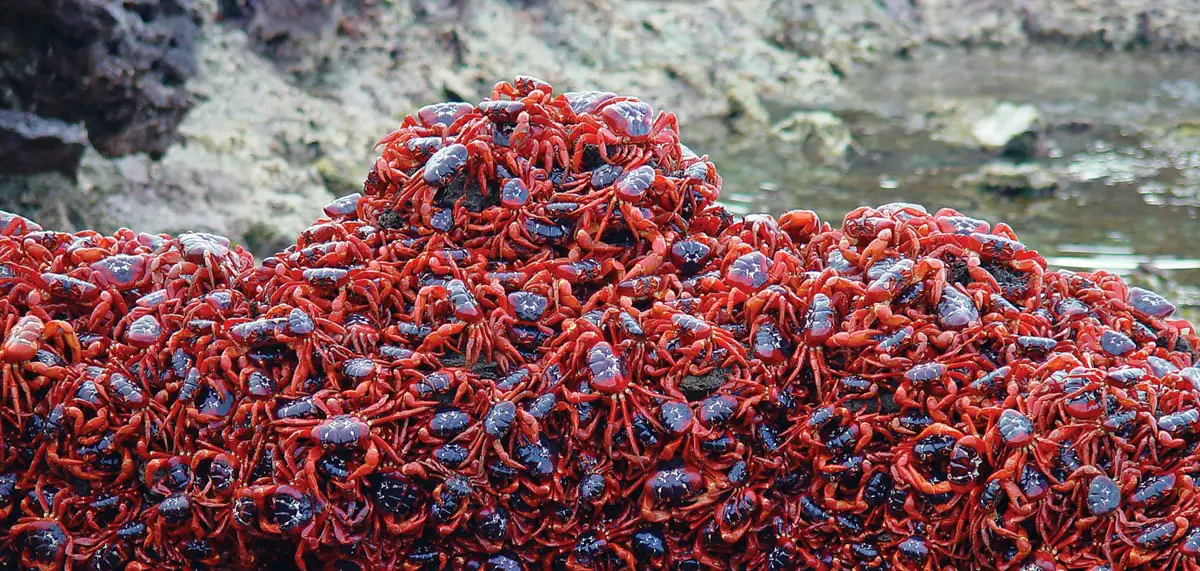
11
Daallo Frankincense Forest
 43.3%
43.3%
Africa, Somalia
Why is it unique?
The only natural forest of the legendary Coptic Frankincense (Boswellia frereana). This forest is unusual – besides the frankincense there grow many unique species of fragrant plants. This could be the most fragrant forest in the world!
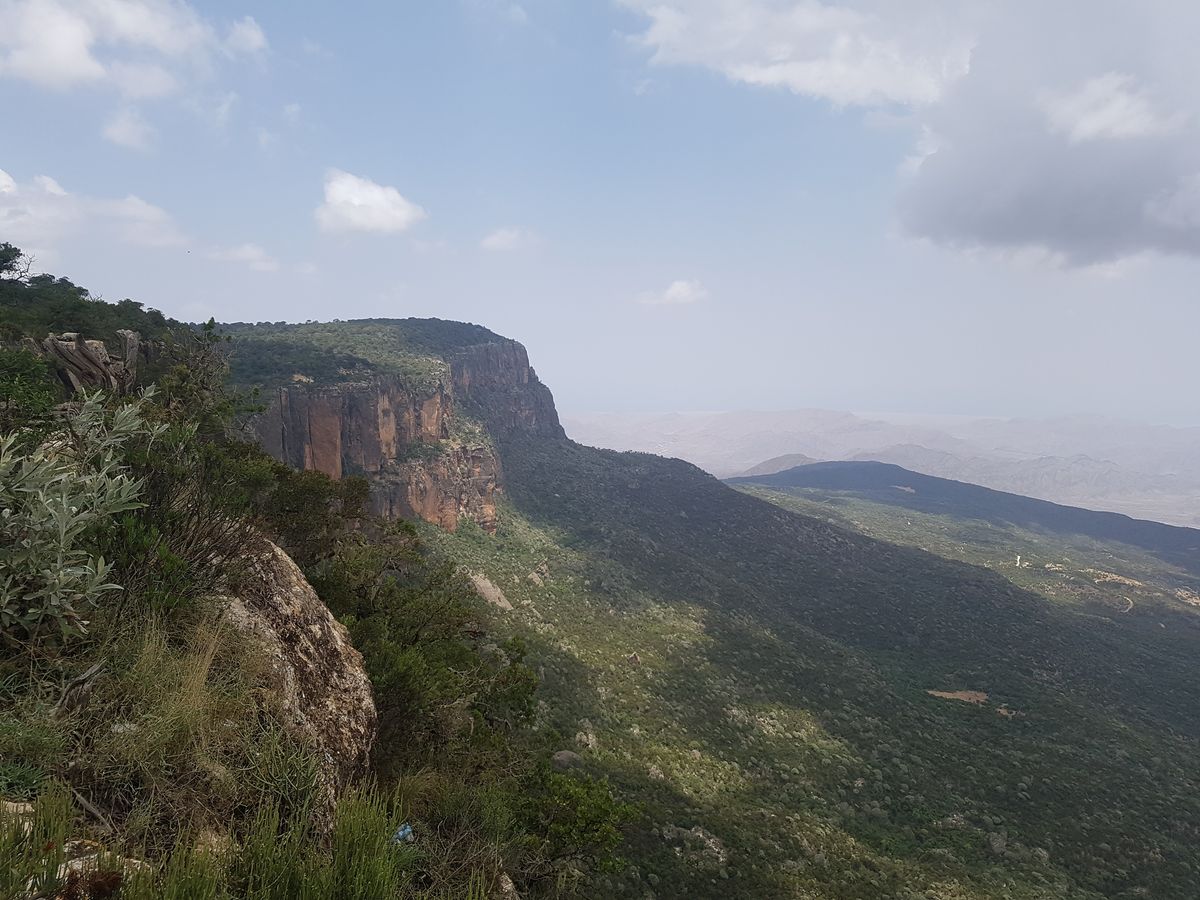
12
Daikoku Sulfur Cauldron
 46.3%
46.3%
Oceania, Northern Mariana Islands
Why is it unique?
Lake of liquid sulfur… below the ocean! This is the largest known sulfur lake with unique organisms (even fishes!) that have “learned” how to thrive in an extremely acidic, sulfur-rich environment.
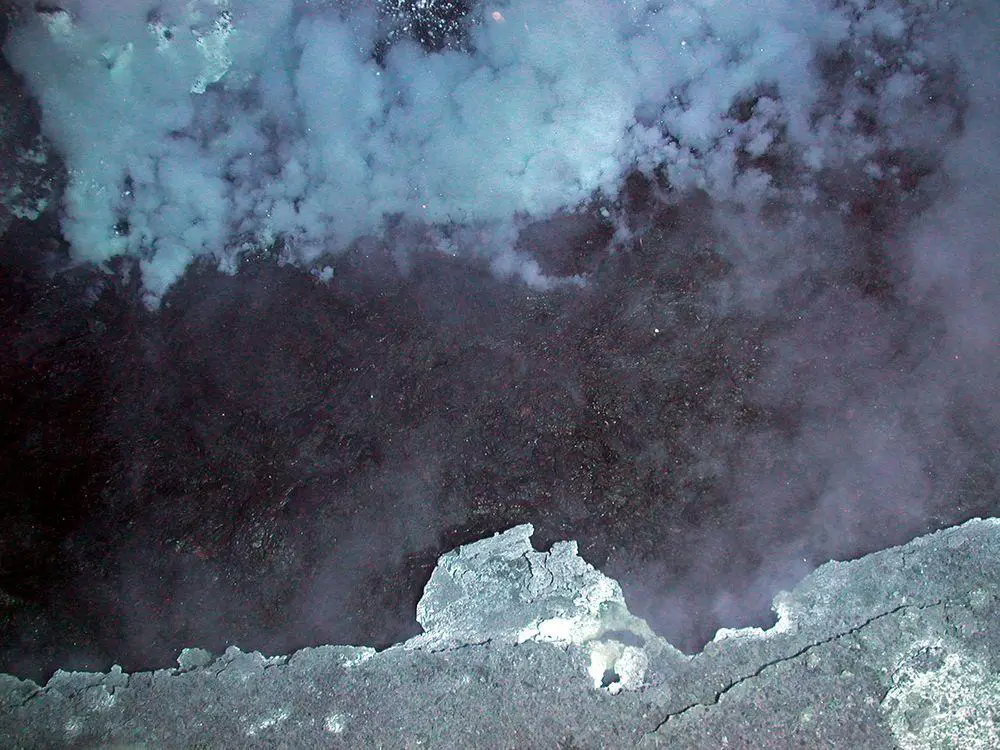
13
Dallol hot springs and geysers
 61.8%
61.8%
Africa, Ethiopia
Why is it unique?
This could be the most colorful place on Earth, but its uniqueness lies in the weird geological processes. Here is the only volcano below sea level and without water over it. Here have formed the only known geysers of acid and saltwater in the world.
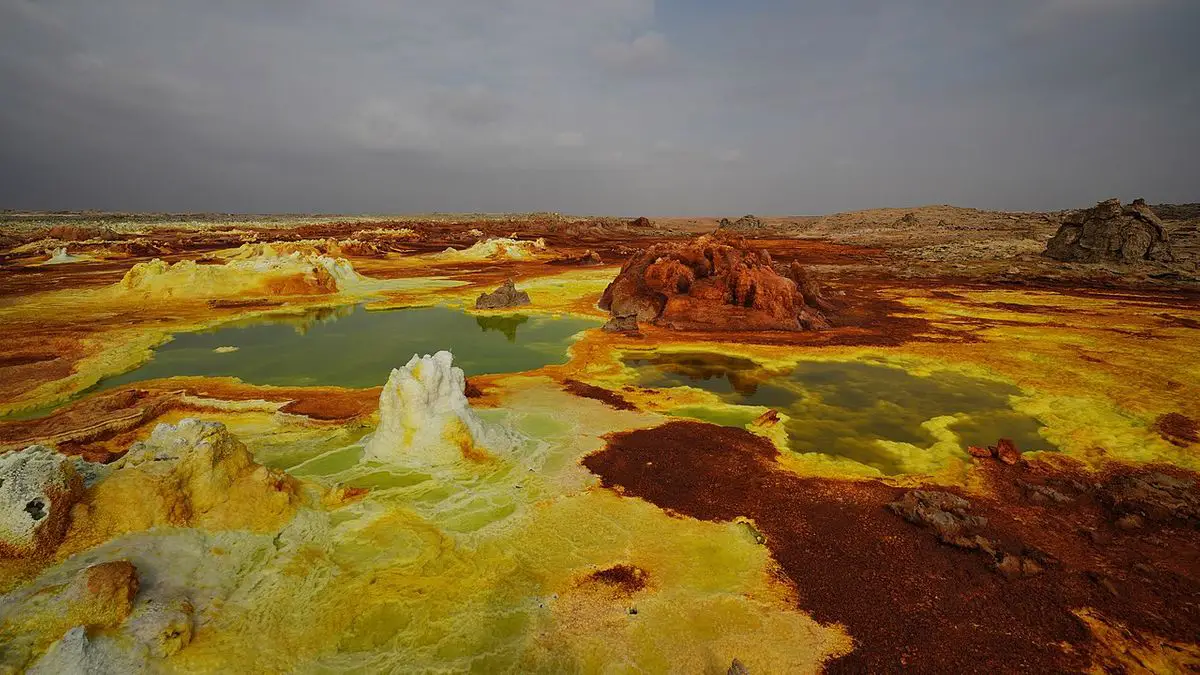
14
Hypersaline lakes beneath the Devon Ice Cap
 23.8%
23.8%
North America, Canada
Why is it unique?
Completely isolated, hypersaline lakes where the temperature of water always is below -10.5 ° C. Lakes have been isolated from the outer world for at least 120 thousand years and may contain unique life forms. There are no known similar hypersaline lakes elsewhere in the world.
15
Forest of Daisy Trees in Santa Cruz
 41.5%
41.5%
South America, Galápagos Islands
Why is it unique?
Forest of an unusual plant – a 20 m tall relative of daisies – Scalesia pedunculata. All trees in this forest have the same age – they grow up together and then suddenly the whole forest dies out and starts growing up again from new sprouts.
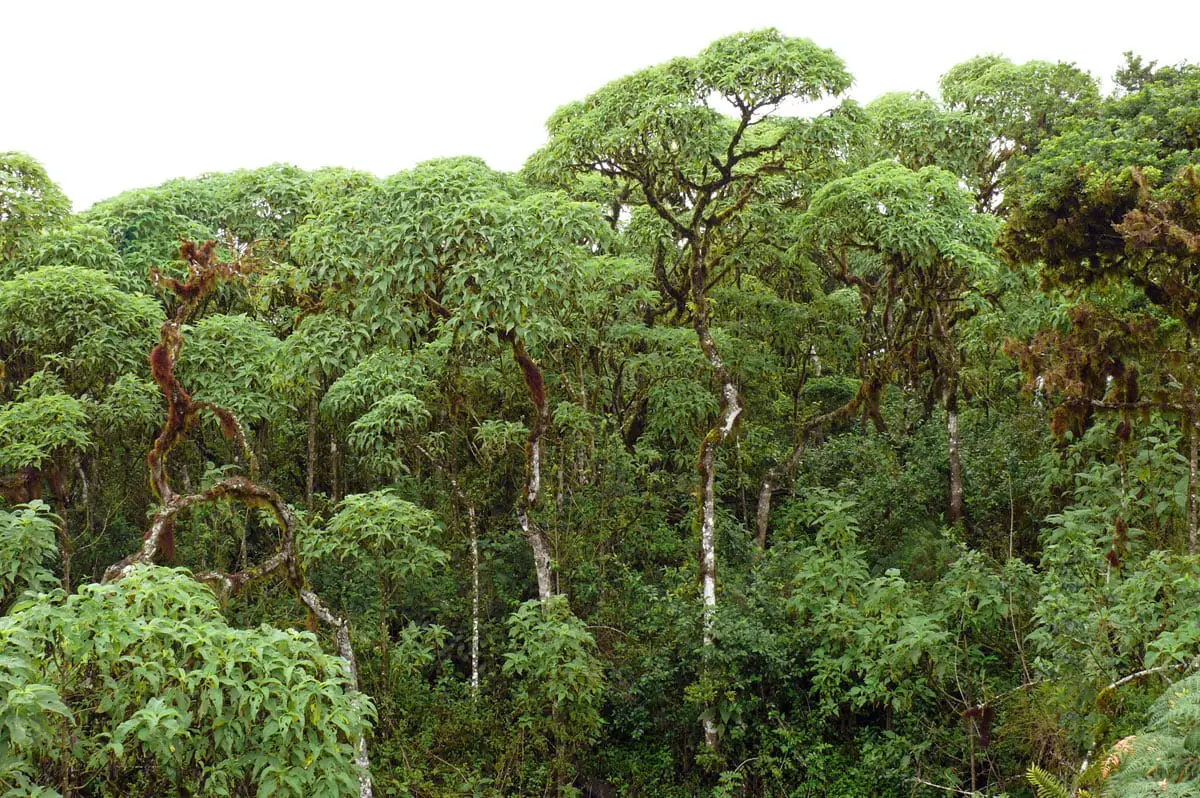
16
Forest on Robinson Crusoe Island
 49.8%
49.8%
South America, Chile
Why is it unique?
All tree species – around 20 of them – of this forest grow ONLY in this forest and nowhere else in the world! In total in this forest are 132 endemic plant species and hundreds of species of unique insects.
17
Goualougo Triangle
 46.0%
46.0%
Africa, Republic of the Congo
Why is it unique?
In this forest, people have never lived and animals don’t fear people here. In Goualougo Triangle is living the only population of chimpanzees that is experiencing fast evolution – nowhere else on Earth apes have evolved as much as here.
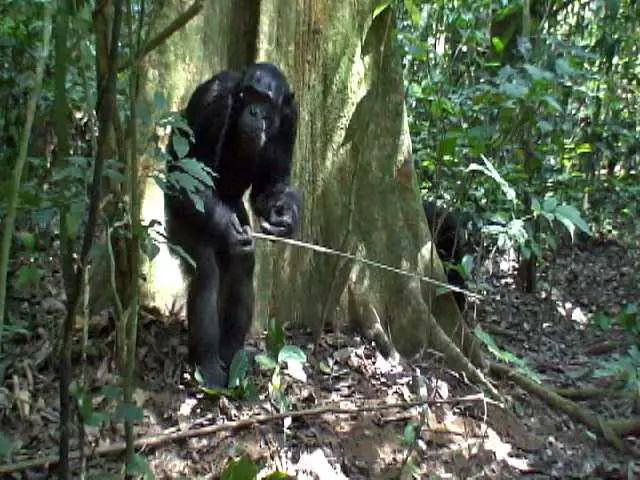
18
Ikaite tufa columns in Ikka Fjord
 45.8%
45.8%
North America, Greenland
Why is it unique?
“Forest” of columns on the floor of Ikka Fjord. These columns are up to 18 m tall and have been formed from ikaite – a mineral that can exist only in cold water. Columns have been formed by submarine springs. There is not known similar place in the world.
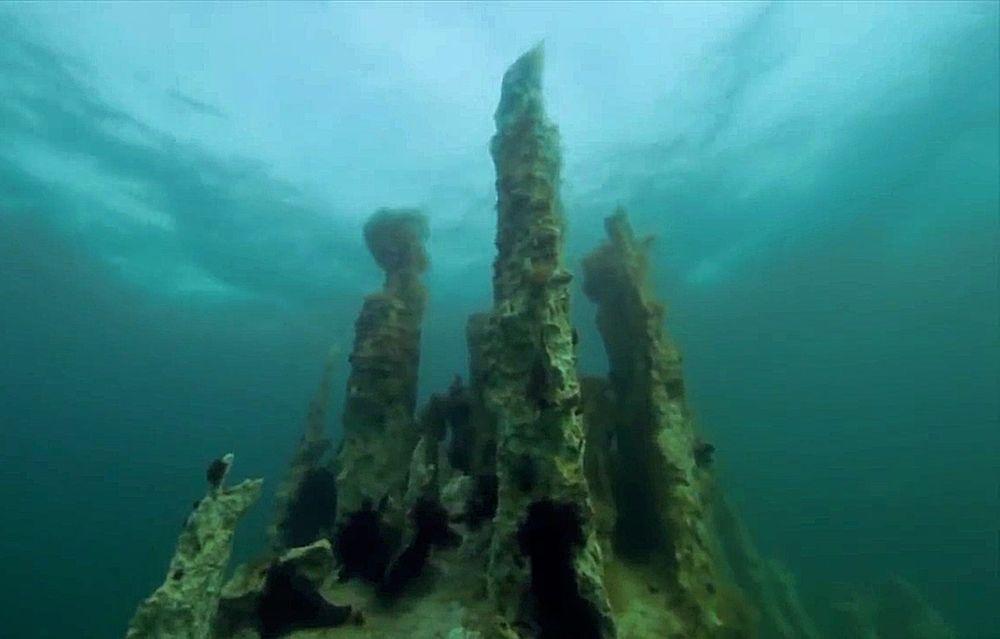
19
Jellyfish Lake (Ongeim’l Tketau)
 61.1%
61.1%
Oceania, Palau
Why is it unique?
Marine lake with millions of unique jellyfish which live only in this lake. Only here jellyfish have developed a specific pattern of behavior with a special migration. There are some more similar lakes in Palau (with other subspecies of jellyfish), but Jellyfish Lake is by far the most impressive one.
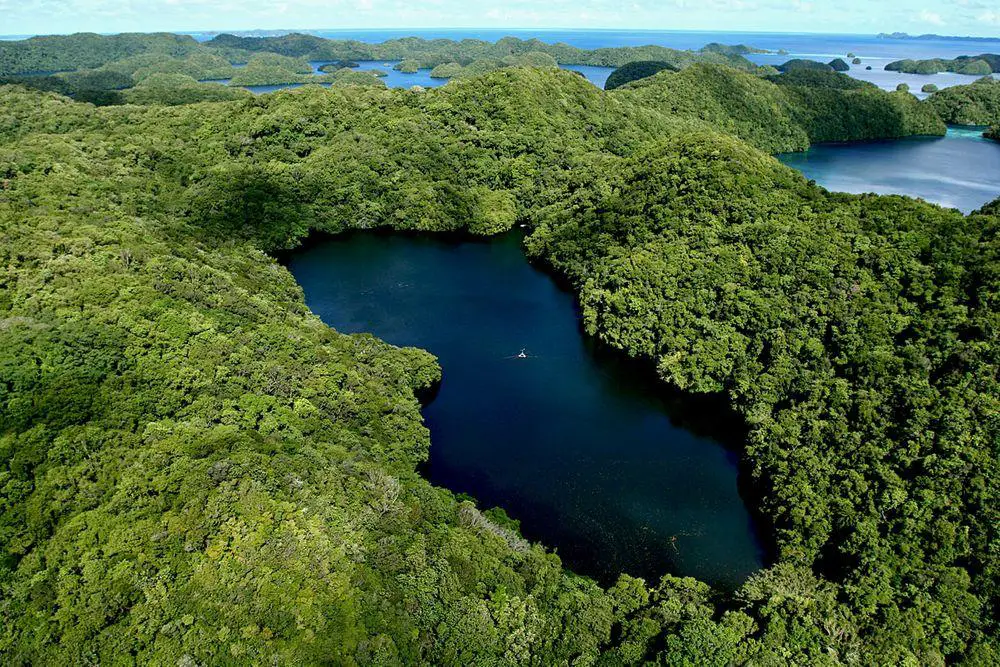
20
Kelimutu crater lakes
 61.8%
61.8%
Asia, Indonesia
Why is it unique?
Three lakes – each with a different color of water. These are crater lakes – each with its own geochemical and hydrothermal regime. There is no other place on Earth with such unusual phenomena.
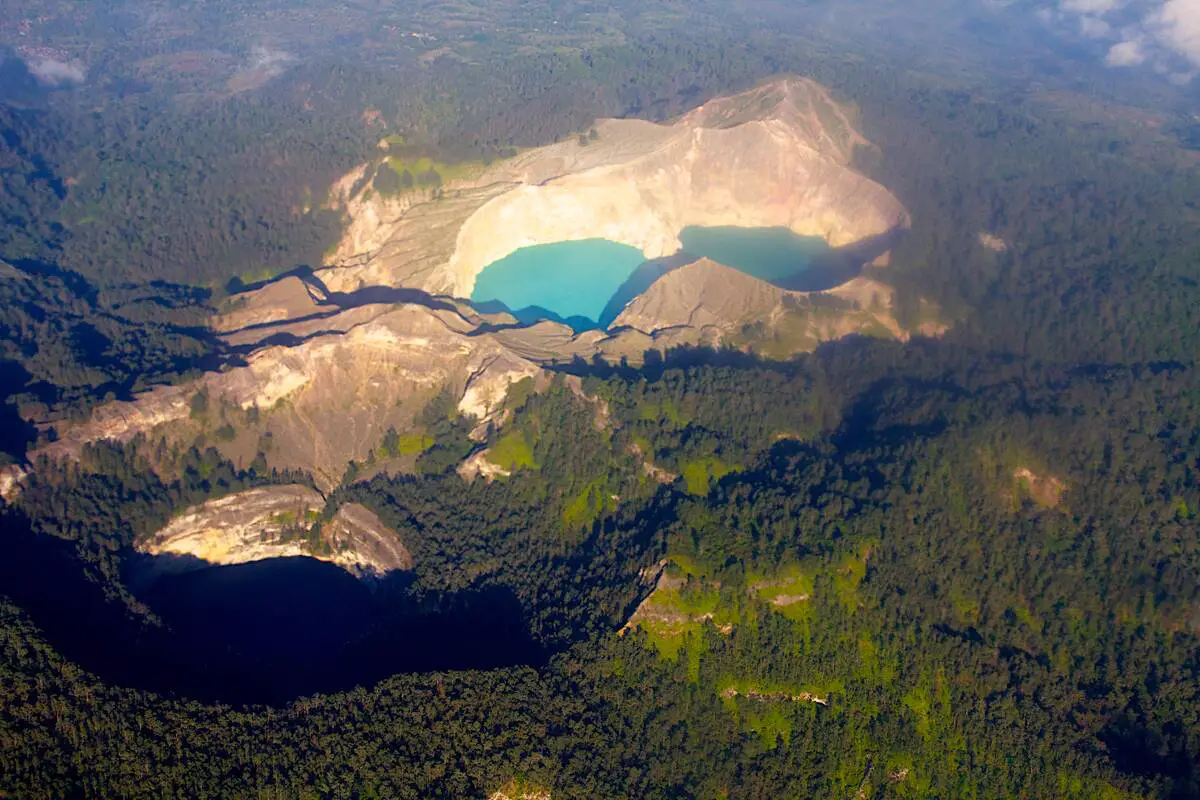
21
Kitum Cave and other caves of Mt. Elgon
 42.8%
42.8%
Africa, Kenya
Why is it unique?
Group of five unique caves which to a large extent have been formed by elephants who over many thousands of years have mined salt here. These seem to be the only caves that have been created by the elephants – but there are caves in South America that have been created by other, now extinct animals.
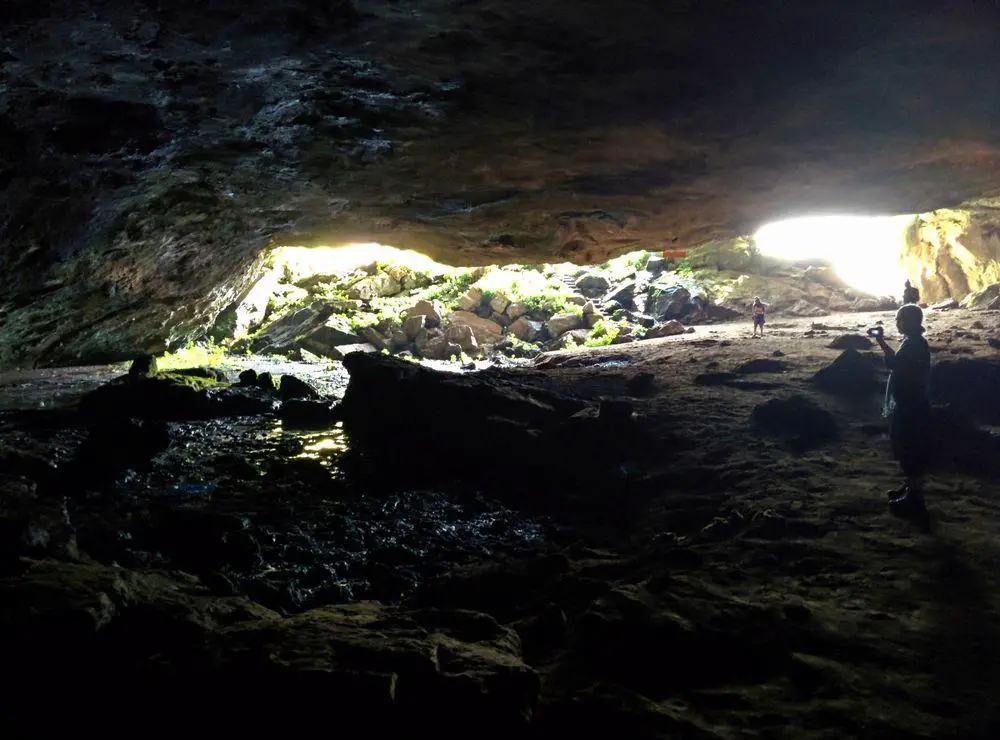
22
Lake Bonney
 38.0%
38.0%
Antarctica, Victoria Land
Why is it unique?
The only known lake in the world which is saturated with the “laughing gas” (nitrous oxide).
23
Lake Tele
 52.5%
52.5%
Africa, Republic of the Congo
Why is it unique?
The last place on Earth (except the oceans) with some chances to find large, hitherto unknown species of animals. This remote lake in the middle of the large rainforest is a site of exotic legends about large, fierce predatory animals – mokele-mbembe and emela-ntouka.
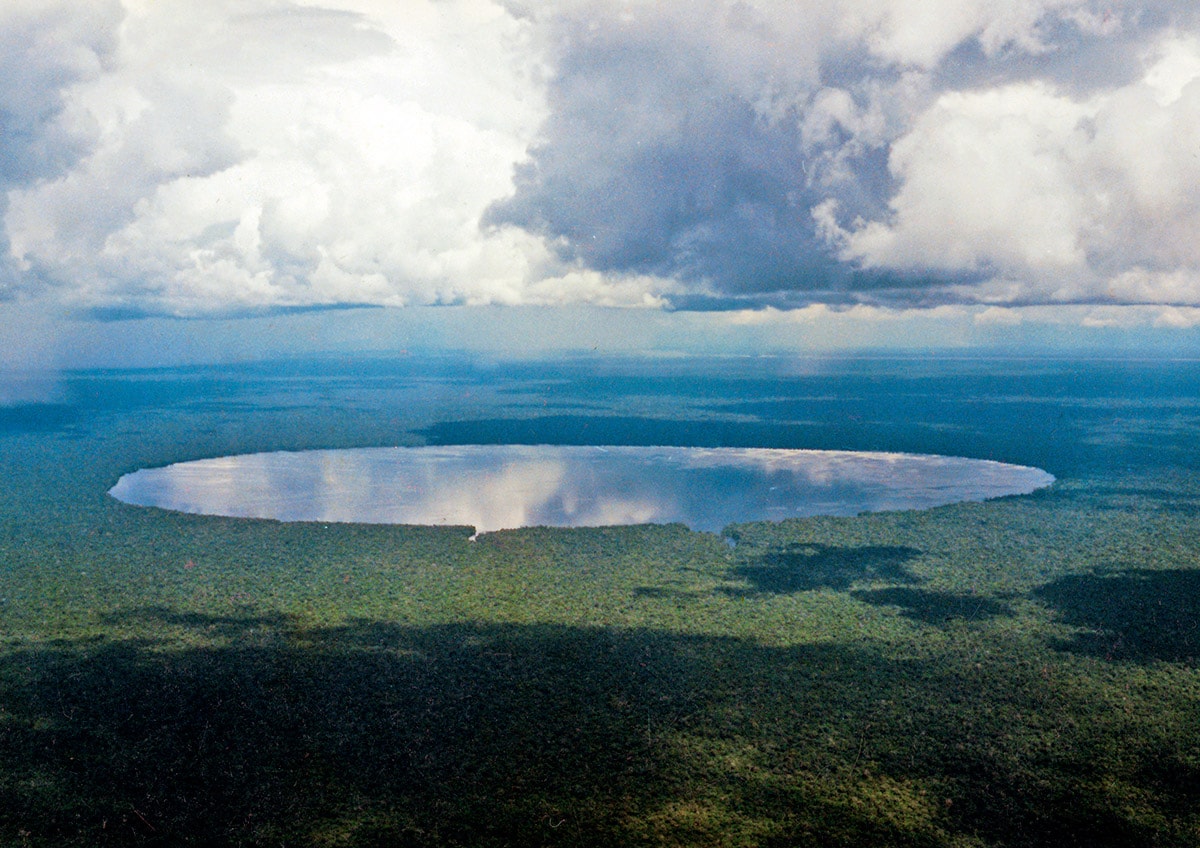
24
Liang Bua
 49.5%
49.5%
Asia, Indonesia
Why is it unique?
The only place in the world where have been found remnants of Homo floresiensis – dwarf people who lived on Flores Island (and, possibly – other places too) some 50 thousand years ago.
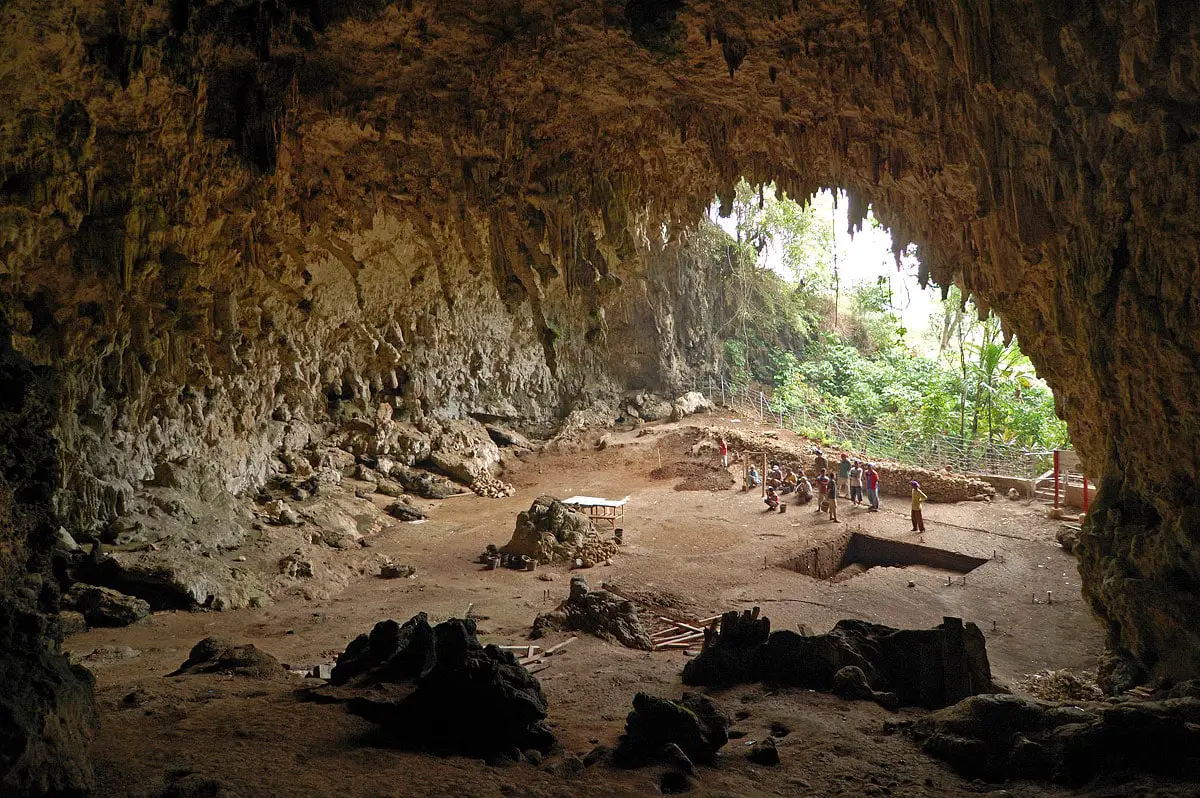
25
Lord Howe Island
 67.8%
67.8%
Australia
Why is it unique?
The current Lord Howe Island is only 0,25% of the former area of now lost enormous island. For millions of years, unique life forms evolved on this island – and now thousands of unique animal and plant species live only on this small remnant of the former island and nowhere else in the world
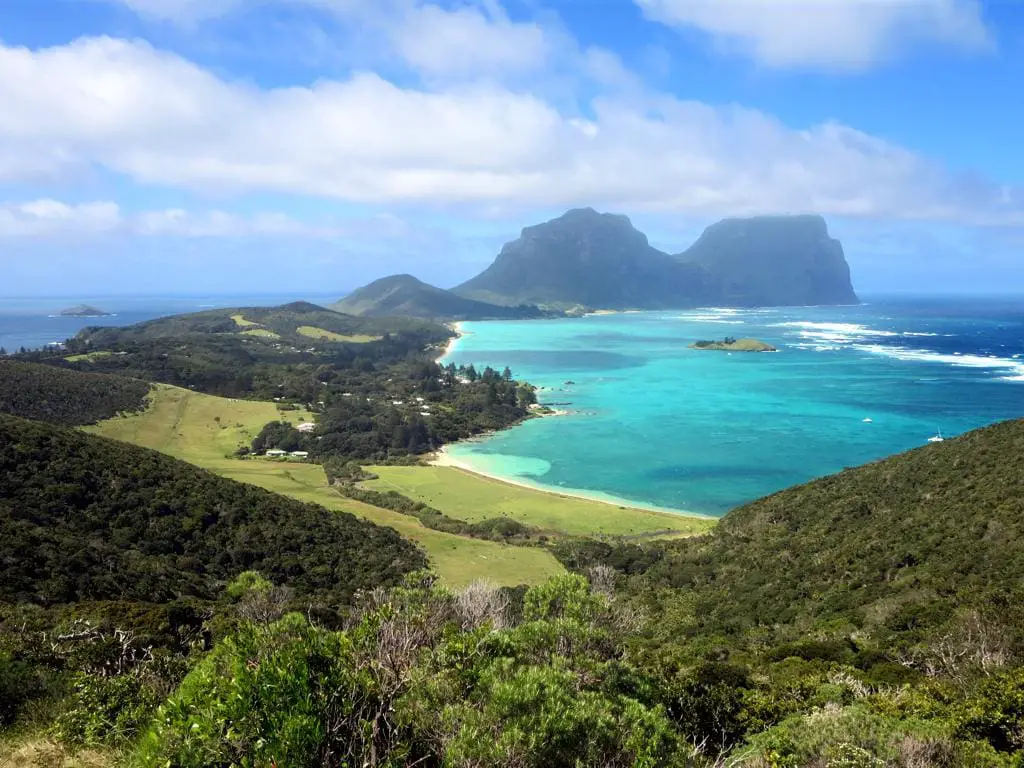
26
Merelani Hills – the only find of tanzanite
 43.3%
43.3%
Africa, Tanzania
Why is it unique?
The only known place in the world where is found a gorgeous gemstone – tanzanite. This find might be exhausted in the coming decades – thus tanzanite is a precious, very unusual gift by nature in a strictly limited amount.
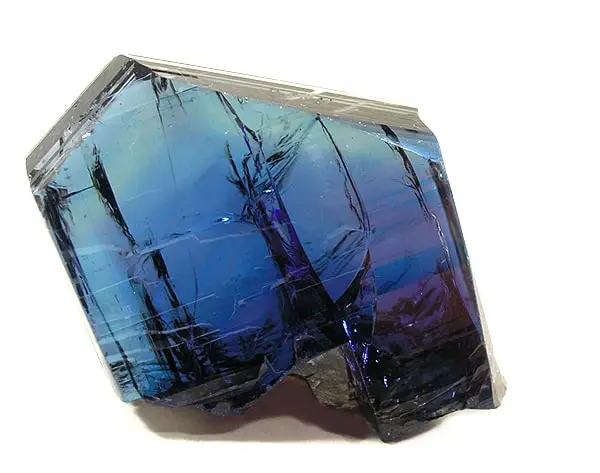
27
Moconá Falls (Yucumã Falls)
 44.8%
44.8%
South America, Argentina and Brazil
Why is it unique?
An unusual waterfall that is not perpendicular to the stream but PARALLEL. As a result, this could be the second widest waterfall in the world – it is 1.8 – 2.7 km wide.
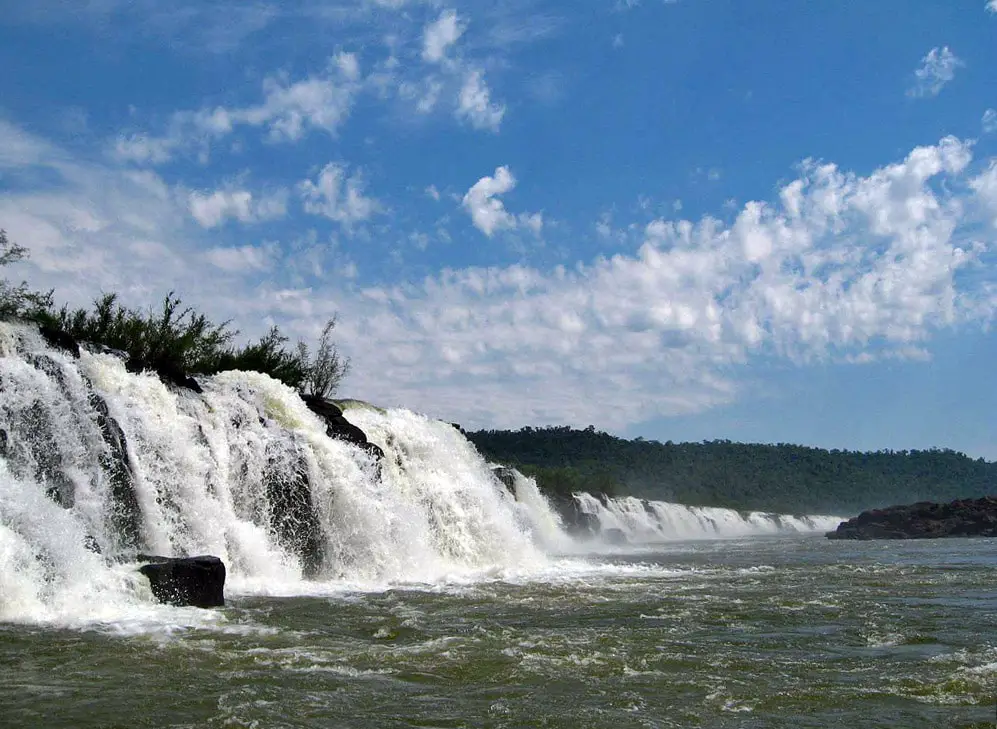
28
Morning Glory of Carpentaria Gulf
 52.5%
52.5%
Australia
Why is it unique?
The only place in the world where on a regular basis can be observed very rare meteorological phenomena – a fast sequence of roll clouds that are nicknamed “morning glory”.
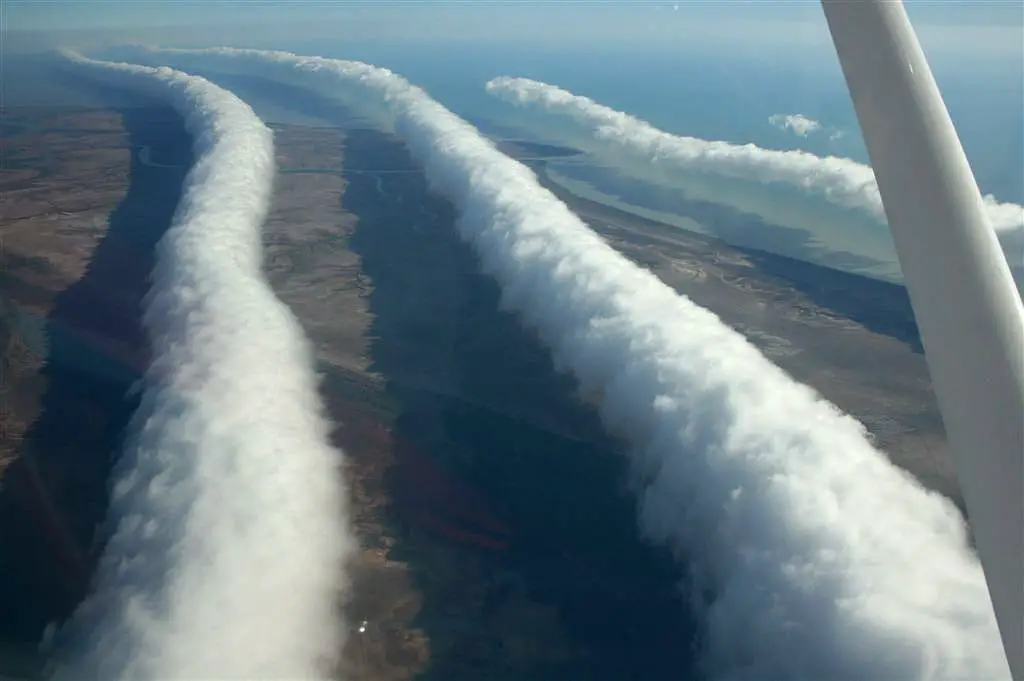
29
North-West Eifuku Champagne Vent
 36.3%
36.3%
Oceania, Northern Mariana Islands
Why is it unique?
The only large springs which emit liquid carbon dioxide. Carbon dioxide is emitted at the depth of 1,607 m in a form of milky-colored bubbles, quickly rising toward the surface of the ocean.
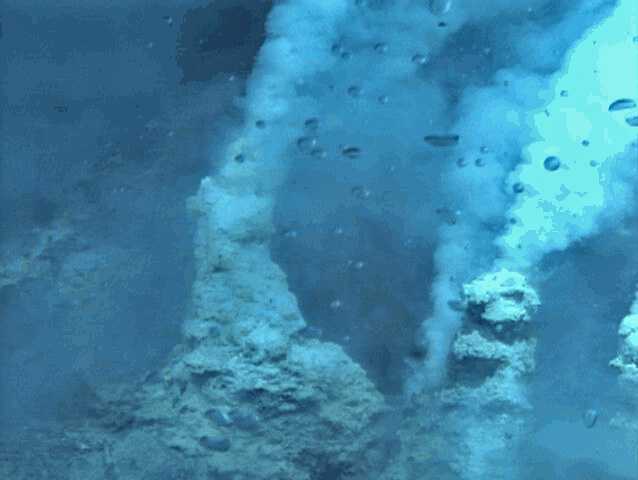
30
Oklo Mines – the only natural nuclear reactor
 33.3%
33.3%
Africa, Gabon
Why is it unique?
The only known place on Earth where nature itself launched a nuclear reaction. It happened here some 1.8 – 1.7 billion years ago. The temperature of the ground reached some 200 – 300° C and the reaction continued for hundreds of thousands of years.
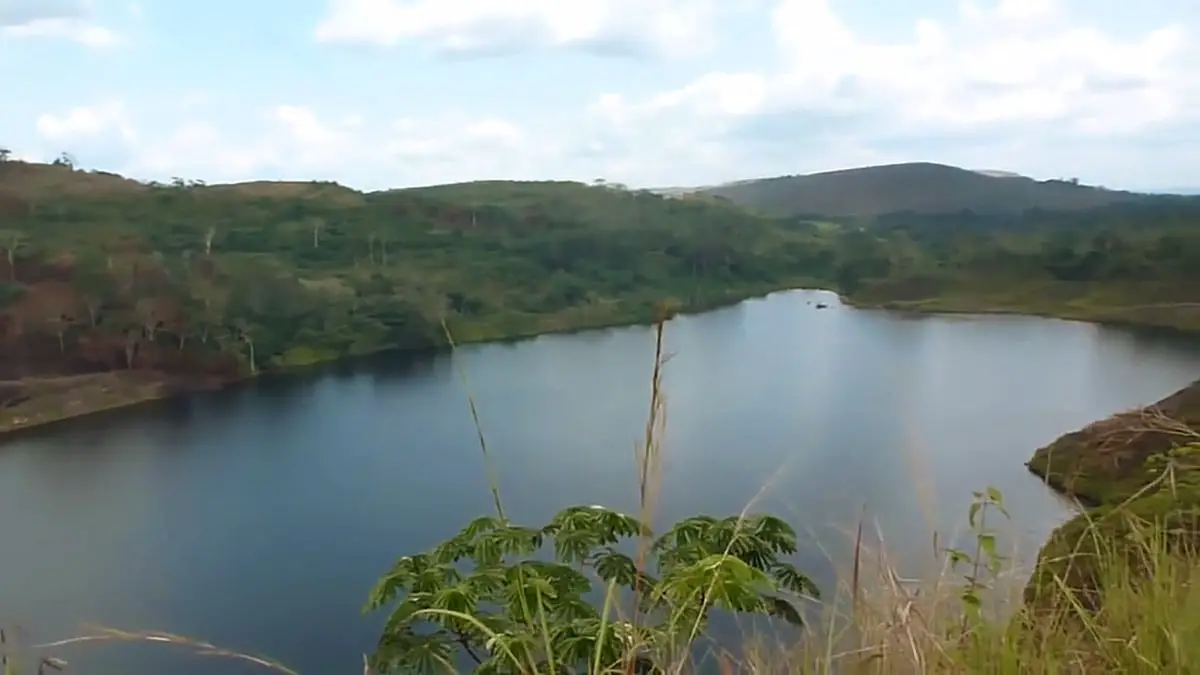
nicktsurikov, screenshot from Youtube video
31
Ol Doinyo Lengai
 51.8%
51.8%
Africa, Tanzania
Why is it unique?
The only volcano in the world which is erupting carbonatite lava. This is a very unusual place without analogs elsewhere in the world. Shortly after the eruption lava turns snow-white but in a few months’ time, it becomes soft. Lava consists of very rare, nearly unique minerals.
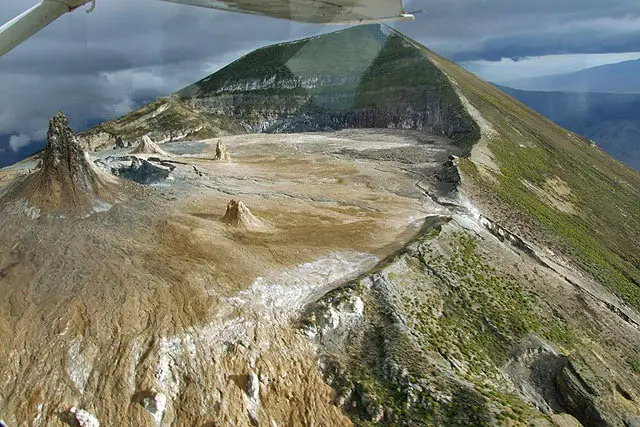
32
Patomskiy Crater
 54.7%
54.7%
Asia, Russia (Irkutsk Oblast)
Why is it unique?
Mysterious crater in a remote part of Siberia. It is not clear how it formed, but it happened some 500 years ago. It is possible that there happened some kind of gaseous eruption. Site of exotic legends, purported evil place.
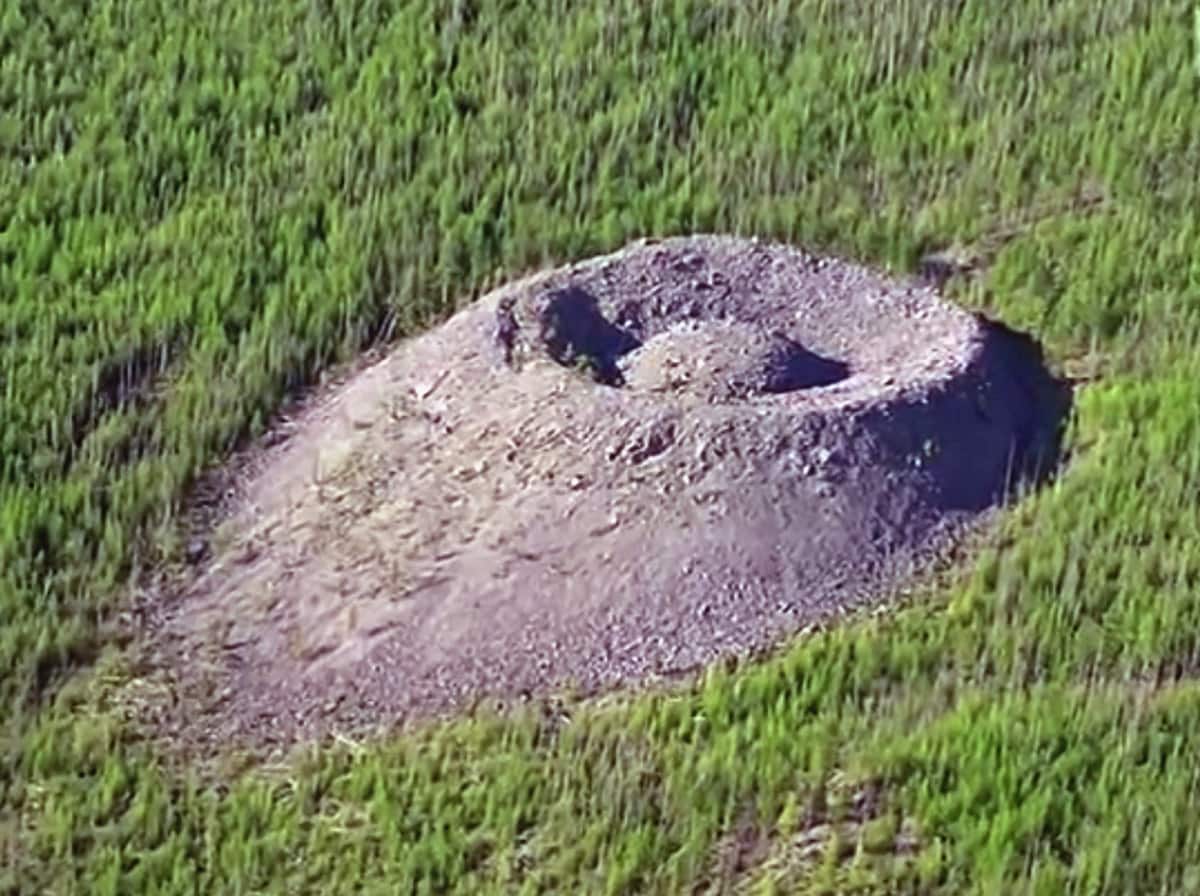
33
Rokeb di Firmihin
 46.3%
46.3%
Asia, Yemen (Socotra)
Why is it unique?
The last forest of Dragon’s Blood Trees (Dracaena cinnabari) – legendary trees which look as if they arrived from another planet. In this forest live several species of plants and animals which are not met anywhere else in the world.
34
Sima Humboldt and Sima Martel
 55.5%
55.5%
South America, Venezuela
Why is it unique?
The largest sinkholes in quartzite, formed over hundreds of millions of years. Sinkholes have formed on the only tepui (table mountain) which is covered with rainforest and as a result on the bottom of these giant holes (up to 314 m deep!) grows a unique forest.
35
Sireneviy Kamen
 27.3%
27.3%
Asia, Russia (Sakha Republic, Irkutsk Oblast)
Why is it unique?
The only find of a mineral of unusual beauty – charoite. In this area have been found some 200 minerals, many – rare and even unique. It is allowed to mine only 100 tons of charoite per year.
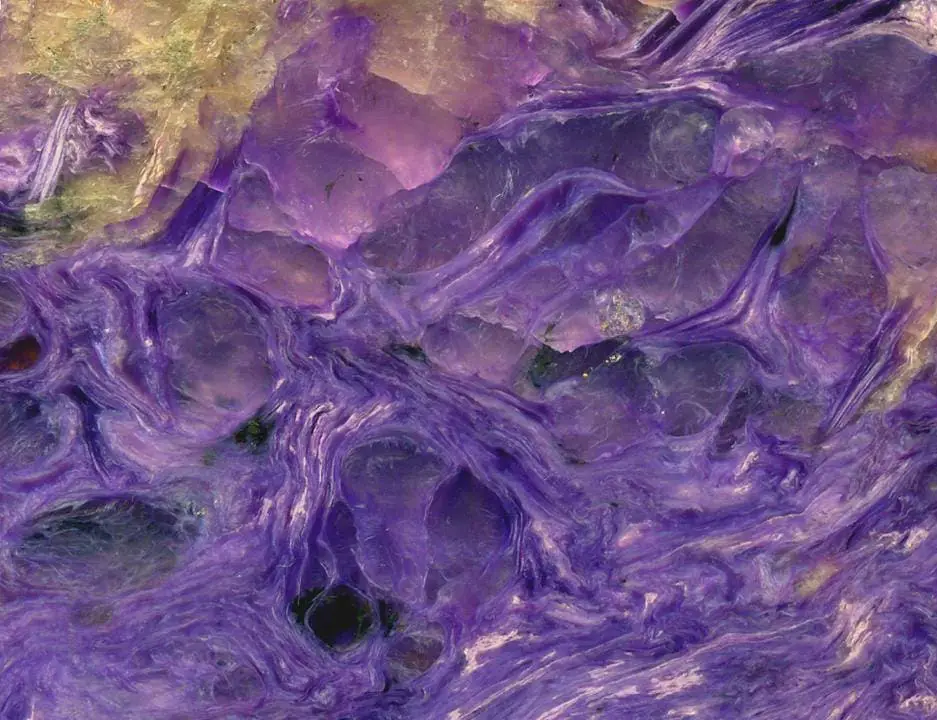
36
Sistema Zacaton
 57.0%
57.0%
North America, Mexico
Why is it unique?
A unique system of numerous sinkholes which are up to 339 m deep. These weird holes were created by thermal acidic waters from the bottom up. Some sinkholes have sealed themselves up in a natural way and possibly contain unique organisms. Other sinkholes have floating islands that gradually increase their size, forming the “lids”.
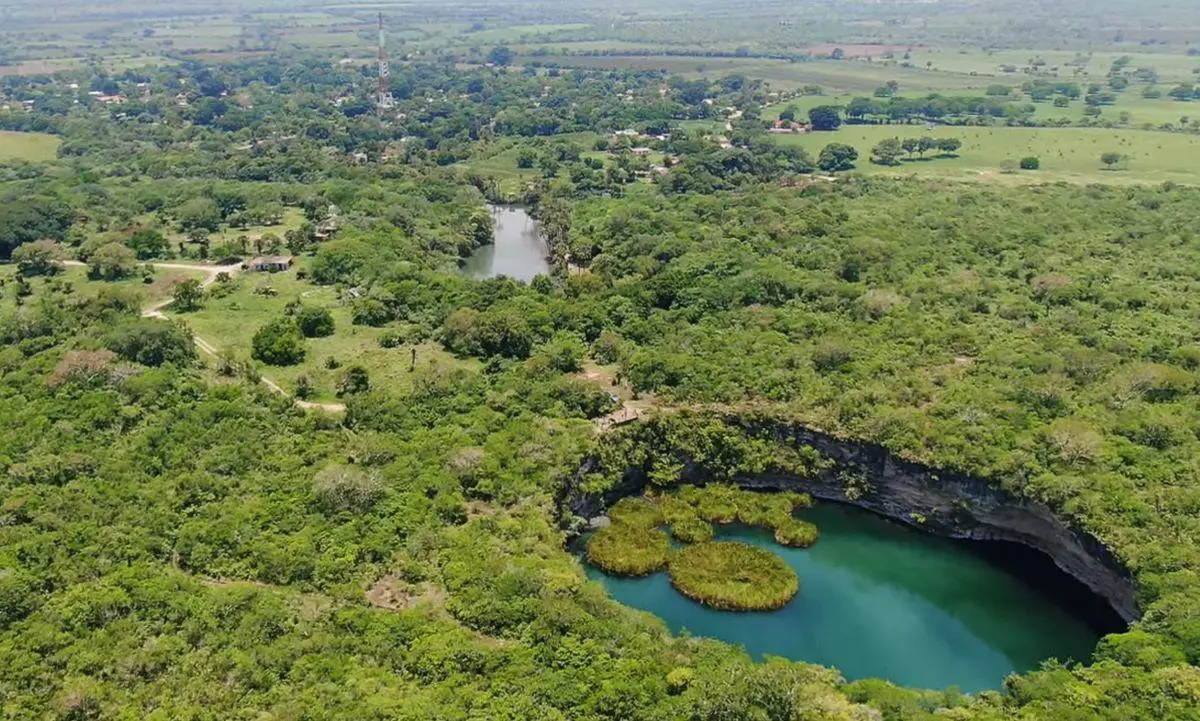
37
Vailulu’u Eel City and Moat of Death
 46.3%
46.3%
Oceania, American Samoa
Why is it unique?
Submarine mountain – a volcano that is quickly rising towards the surface of the ocean. Countless eels live in an unusual, unique colony near the summit of Vailulu’u. Around the base of the mountain has formed a zone of toxic fluids – “Moat of Death”.
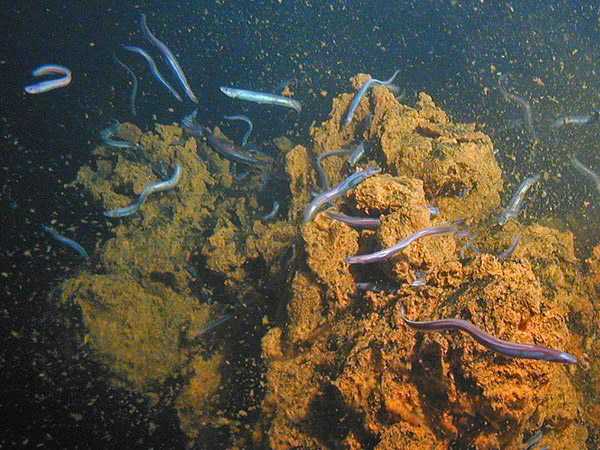
38
Vallée de Mai
 52.3%
52.3%
Africa, Seychelles
Why is it unique?
Unique forest – a relict, descendant of the primeval forests of the Gondwana continent. The only natural forest of coco de mer – a palm with the world’s largest seeds.
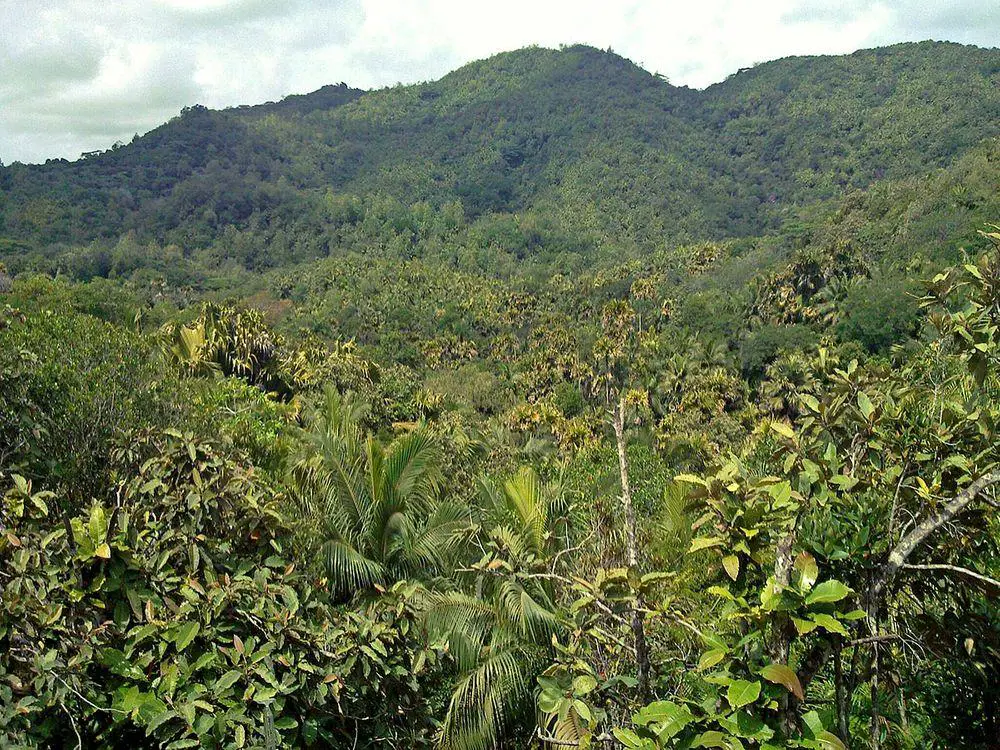
39
Wachsender Felsen of Usterling
 45.8%
45.8%
Europe, Germany
Why is it unique?
Natural, up to 5.4 m tall stone wall with a stream of fresh spring water flowing along its upper rim. Wall is 37 m long. Humans have helped nature to create it by cleaning the stream of fallen branches, leaves, and grass.
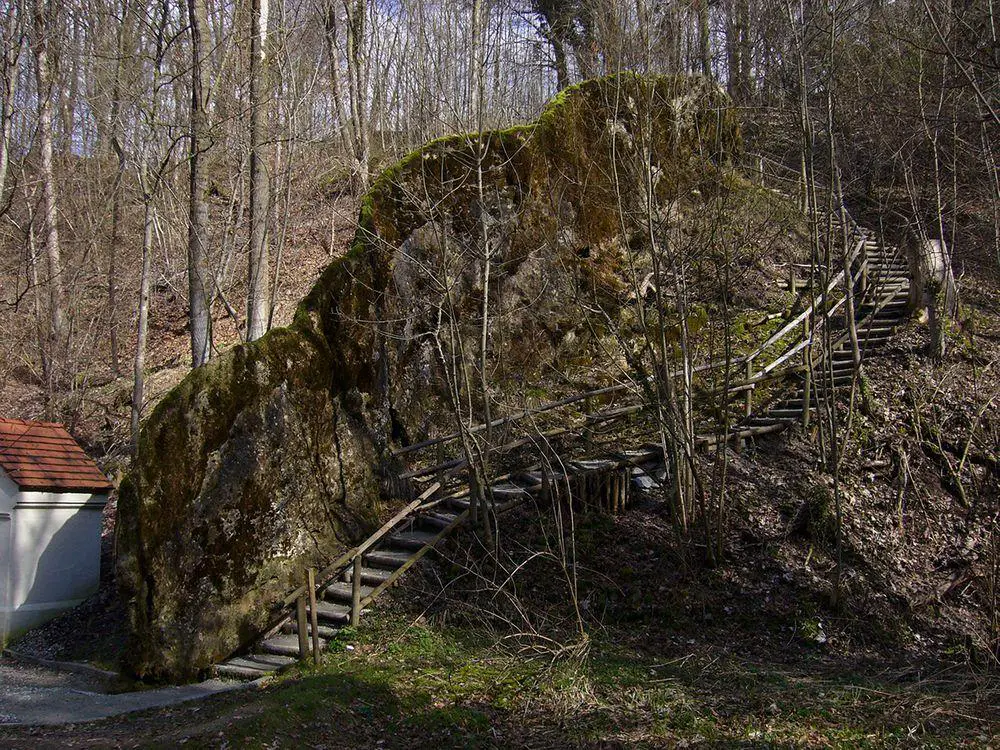
40
Yungay
 50.6%
50.6%
South America, Chile
Why is it unique?
Almost a lifeless place due to extreme dryness. Only recently here were discovered some microorganisms. As a result here have formed rich nitrate deposits (up to 5 m thick) deposited by the atmosphere and, contrary to other places of the world, are not consumed by microorganisms.
